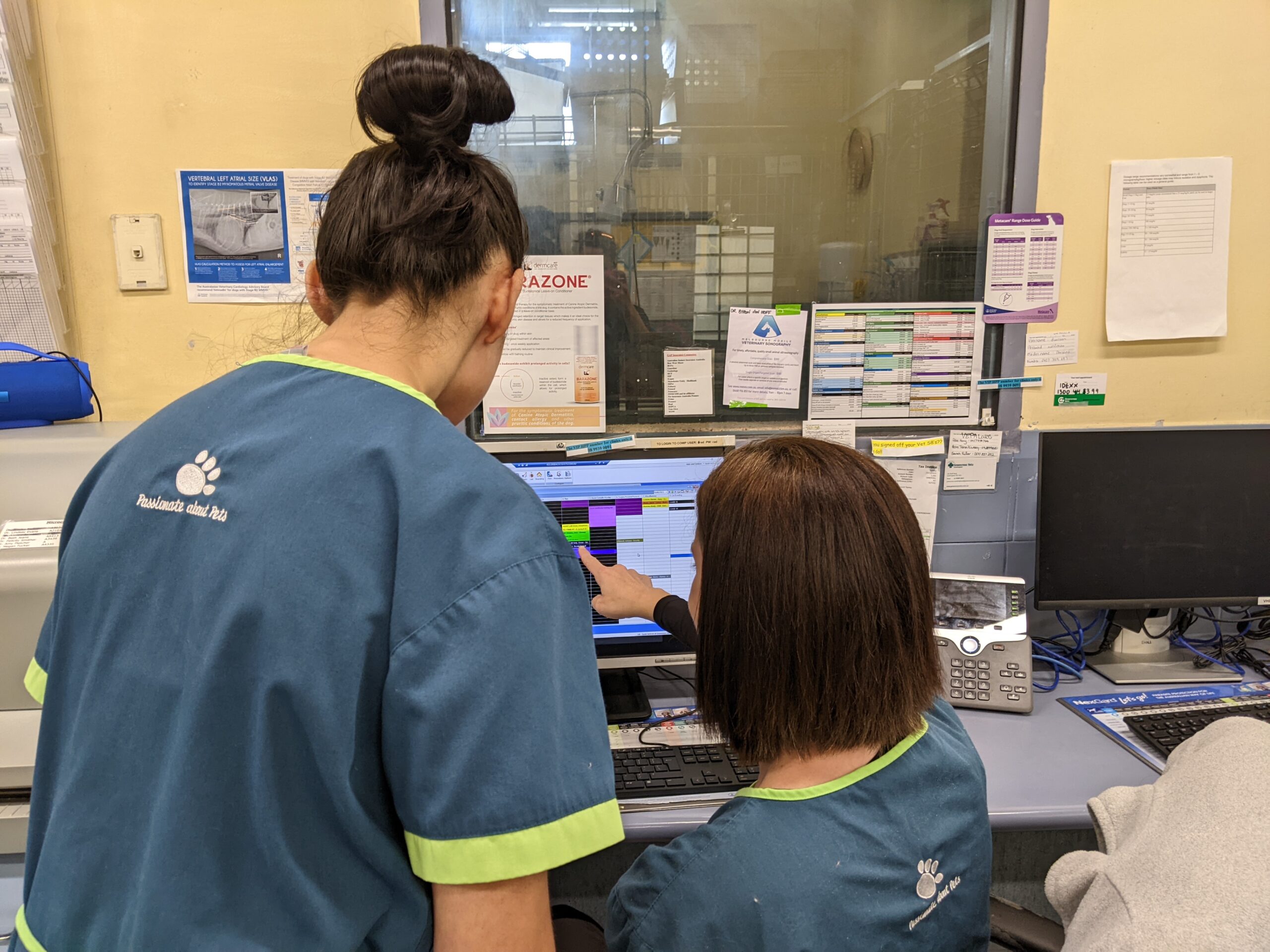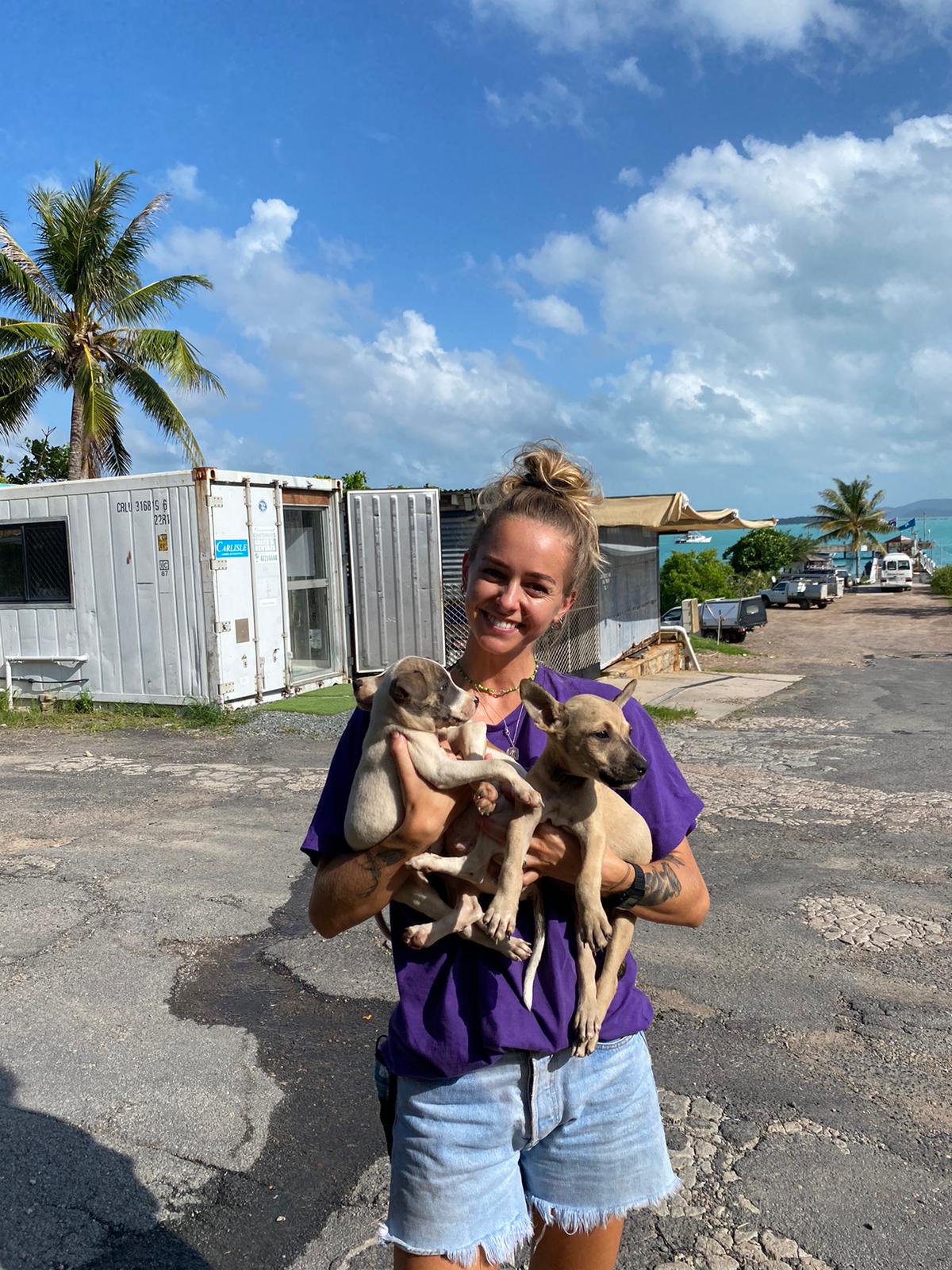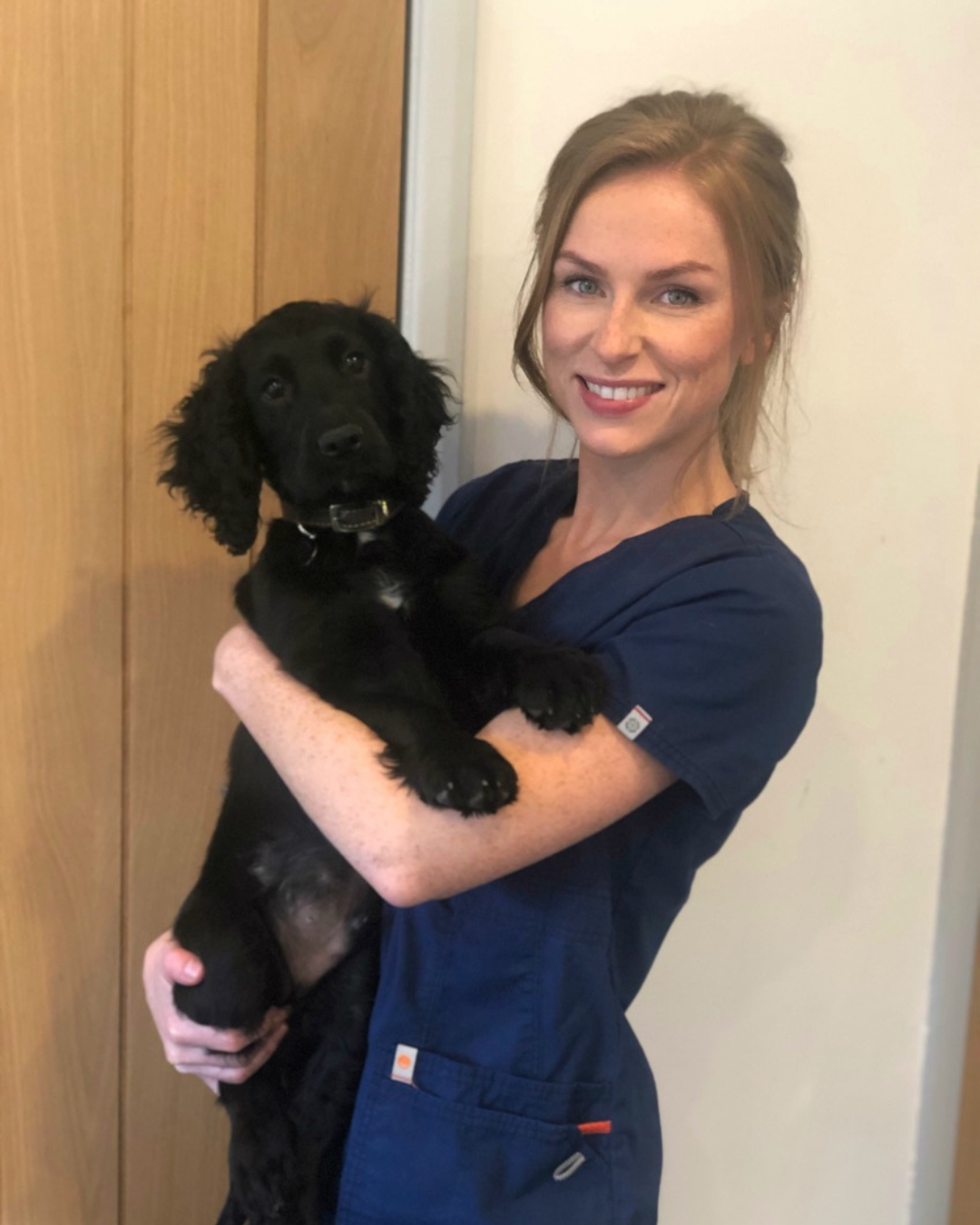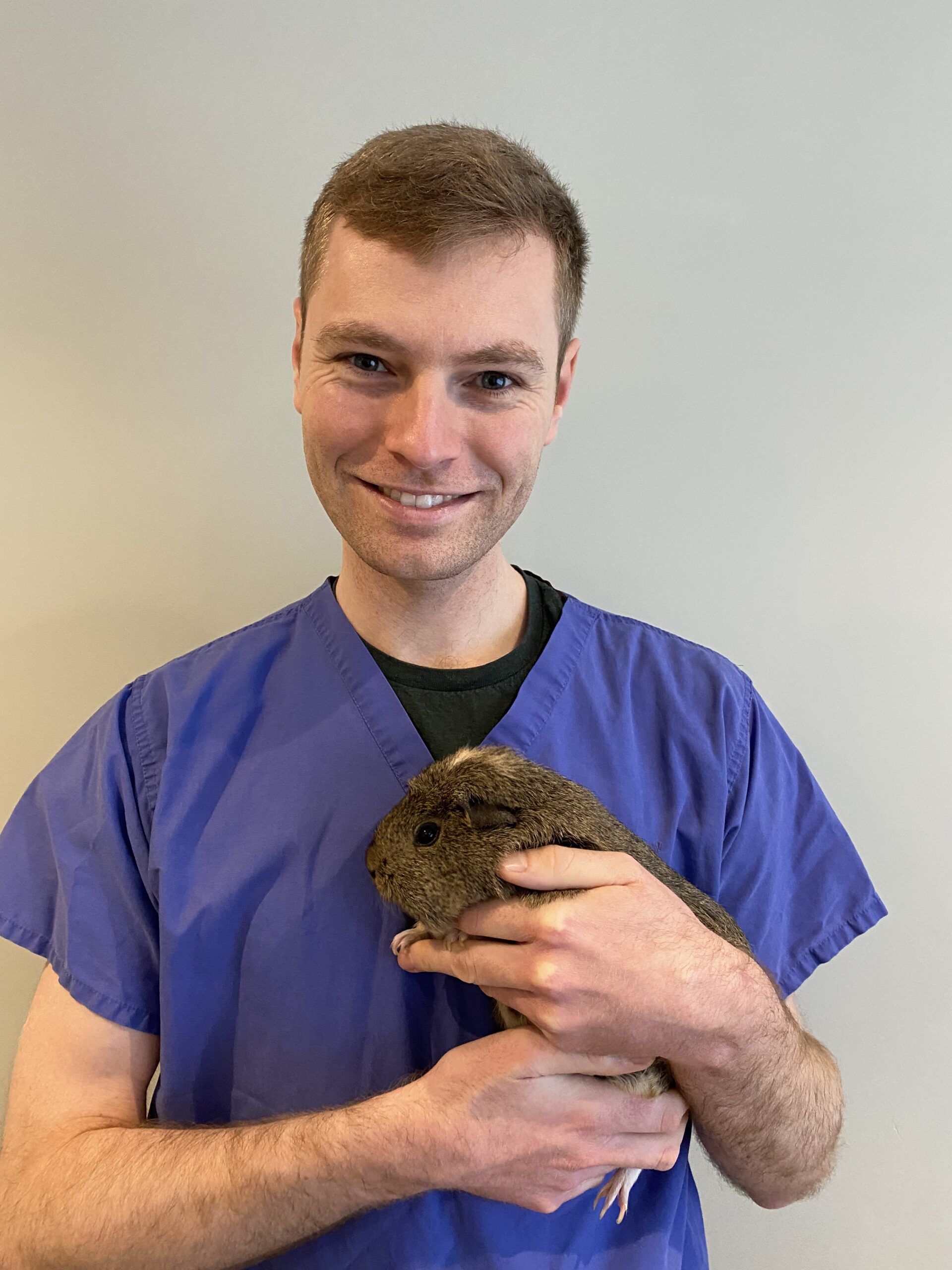We all know that the world has been turned upside down over the past few years, and veterinary students have been heavily impacted by many of the changes. With the move to online learning, less exposure to clinical cases and less connection with their peers, many veterinary graduates are entering the workforce feeling unprepared and anxious and looking for a supportive environment for their first veterinary role.
The right first role can help early career veterinarians develop their confidence and skills in this critical first year, while the wrong environment may lead to them leaving the profession altogether (Gilling and Parkinson, 2009). For half of graduates, the reality of practice didn’t meet their expectations (Vet Futures, 2015) and common reasons graduates leave their first role are a lack of support and a toxic work environment (Gates et al, 2020).
In a busy practice environment, with high demand and limited capacity, the thought of providing the right support, and where to start, can feel daunting. Supporting graduates can be a challenge, and veterinarians and veterinary practices may feel they don’t have the necessary training or resources to provide support for new graduates (Gates et al, 2020).
Anyone with a leadership role (whether formal or informal) in a graduate’s first employment role has a responsibility to provide a supportive environment and help the veterinarians of the future thrive in their careers. This article will run through strategies and tools that will help set early career veterinarians up for success, and help leaders feel confident about the support systems they put in place.
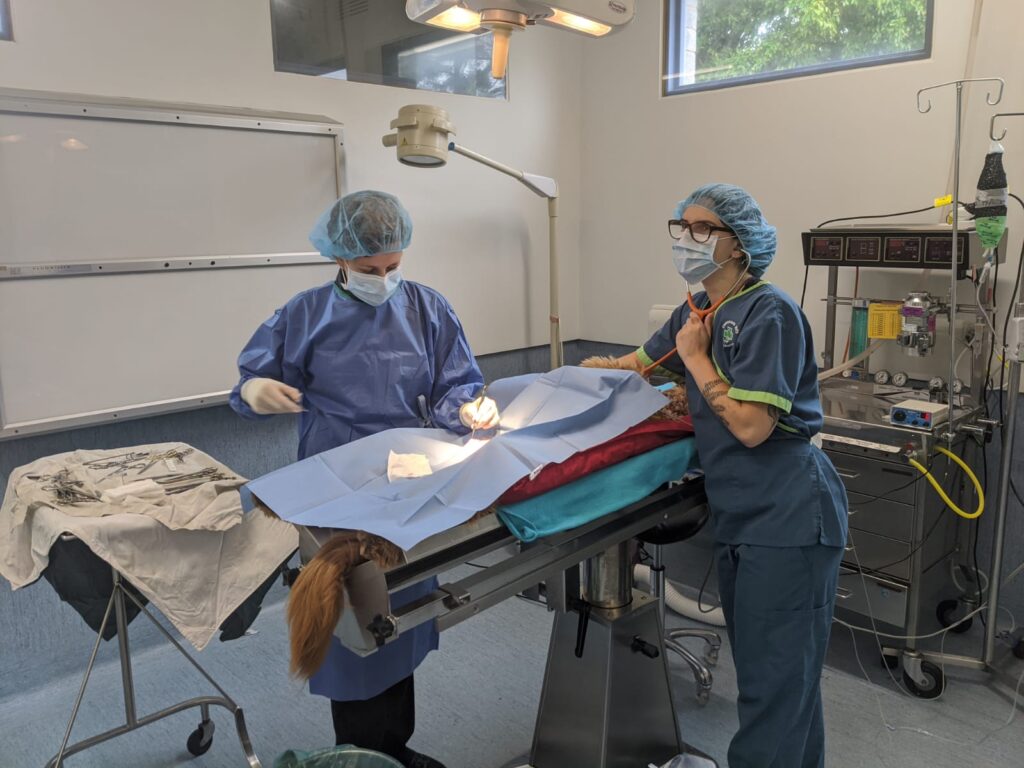
Have a Plan!
The first step to success is to have a plan so that both you and your graduate are prepared for what the next year will look like, and what the expectations from both sides are.
Think about how you want to support your graduate and develop a plan that aligns with your resources. Your resources may be time, the support team (their availability, skill set and emotional capacity to mentor and train a graduate), caseload, equipment, educational materials or other items.
Consider who will be supporting the graduate, and make sure each team member understands their responsibilities and escalation points if they need more support or are facing challenges.
In addition to the resources, you have available for support, what resources are available directly to the graduate? Support from the immediate team is obvious, but touchpoints might vary depending on what is happening. For example, surgical support might be someone in the room or building, while for a sole charge, support could be contact numbers of senior veterinarians.
Don’t forget to identify resources outside the immediate practice. Is there an emergency centre nearby that can provide advice? Do you provide your graduate’s online subscriptions where they can search for additional information? If you are part of a group of practices how can you leverage these relationships?
Work with your graduate to develop a plan for their learning, which aligns with their goals and the goals for the practice. Graduates are likely to develop their skills faster if they can focus on specific areas, getting a high caseload and rapid experience. Clear goals will enable bookings and scheduling to align with these, creating satisfying progress. Quarterly goals can work well to create a depth of knowledge that may not be achieved through just seeing cases that are booked in over the year.
Regular Progress Meetings
The inclusion of compulsory regular progress meetings was considered one of the most helpful interventions by graduates (Gates et al,2020) and this is a core component of the VetGDP program, with a trained advisor compulsory in each workplace taking on a veterinary graduate (RCVS, 2022).
Discussions should be driven both by the graduate and their veterinary supervisor with two-way feedback, and discussions around progress, gaps, and goals. Progress meetings are critical for any clinic with a new graduate, and it is important that they are scheduled ahead of time to make sure they happen! These meetings should be used as an opportunity to reflect on the plan for the graduate, and decide if any changes need to be made, as everyone will progress differently depending on their environments, caseload and learning styles.
Having a simple structure can help with expectations of the progress meetings for graduates and their supervisors and keep them from becoming too formal. I like a three-question structure:
- What is going well? Or what are you enjoying?
- What are you finding challenging?
- How can we support you?
I also like having a framework for day-to-day case discussions. Veterinarians naturally tend to have a problem-solving communication style, and in a busy environment when a graduate comes to us with a case, it can be automatic to give them the answer, which may not help with their learning.
At the start of the year, I set the expectation with the graduate that when they want to discuss a case, they should bring their plan to me. In general, I have found graduates are on the right track and just want some confirmation of this. This allows both of us to trust their clinical reasoning.
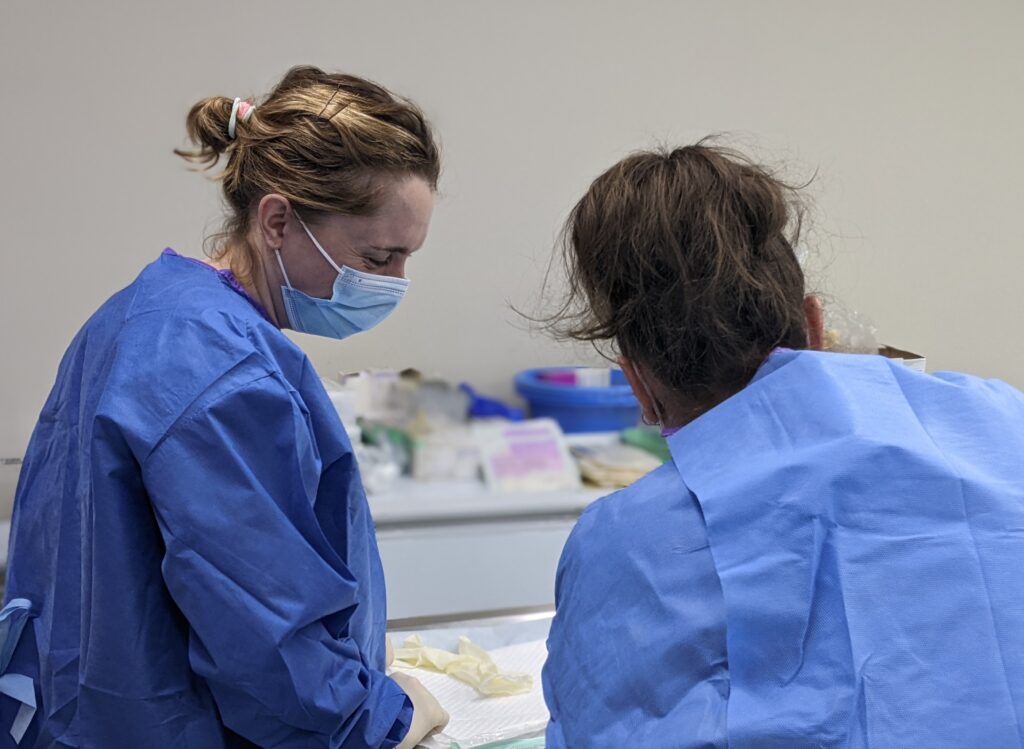
Encourage Life Outside Work!
Just as we are not just veterinary professionals, neither are our graduates. It’s important for them to have an identity outside of work so they can be more resilient, and when things go wrong (such as cases, or a client interaction), it has less effect on their identity as a ‘veterinarian’.
Encouragement of activities outside of work should not just be by saying it’s important but through regular rostering which can enable graduates to undergo scheduled activities, and by modelling this behaviour as a team.
Set Reasonable Expectations and Schedule Appropriately
Graduates may take longer to consult or finish procedures than more experienced colleagues, and it’s important to remember that excessive workloads and an inability to get through the workload on time can contribute to veterinarians leaving practice (Arbe Montoya, 2021). When graduates are developing their skills, more time should be allowed, and the volume and complexity of the workload gradually increased (Gates et al, 2020). The introduction of sole charge shifts should be done slowly and with lots of support available.
Recent graduates should have enough time scheduled to complete expected daily tasks such as medical records and follow-ups, without having to work overtime. Reviewing the graduate’s confidence through progress meetings can help in adjusting the workload and schedule at a rate that suits the individual graduate, as well as tailoring the level of supervision to what the graduate needs.
While there are different methods that can work, I’ve always started graduates with longer appointments, and more routine bookings, so they can develop their consultation skills. There will also be gaps on the schedule, with myself, or another senior veterinarian blocked out at the same time, so they are available to check in, discuss cases and answer questions. Over time, gaps and consultation times can be reduced based on progress meeting discussions. Sometimes some graduates will need to be challenged a little with their time management, while others ask to progress faster.
Supportive Practice Culture
A toxic practice culture can be a reason for graduates (and other team members) to leave roles (Gates et al, 2020), and a supportive practice culture will be valuable to everyone and can be a key factor in a successful transition to practice by both veterinary graduates and employers (Bell et al, 2019). High-quality, positive relationships make team members feel more valued but also create more psychological safety and higher levels of learning behaviours (Carmeli et al, 2009) and psychological safety has been demonstrated to improve satisfaction with clinical learning experiences of resident physicians (Torralba et al, 2016). To create a positive culture, it is important that there are no negative consequences to graduates asking questions, reporting problems or mistakes (Carmeli et al, 2009).
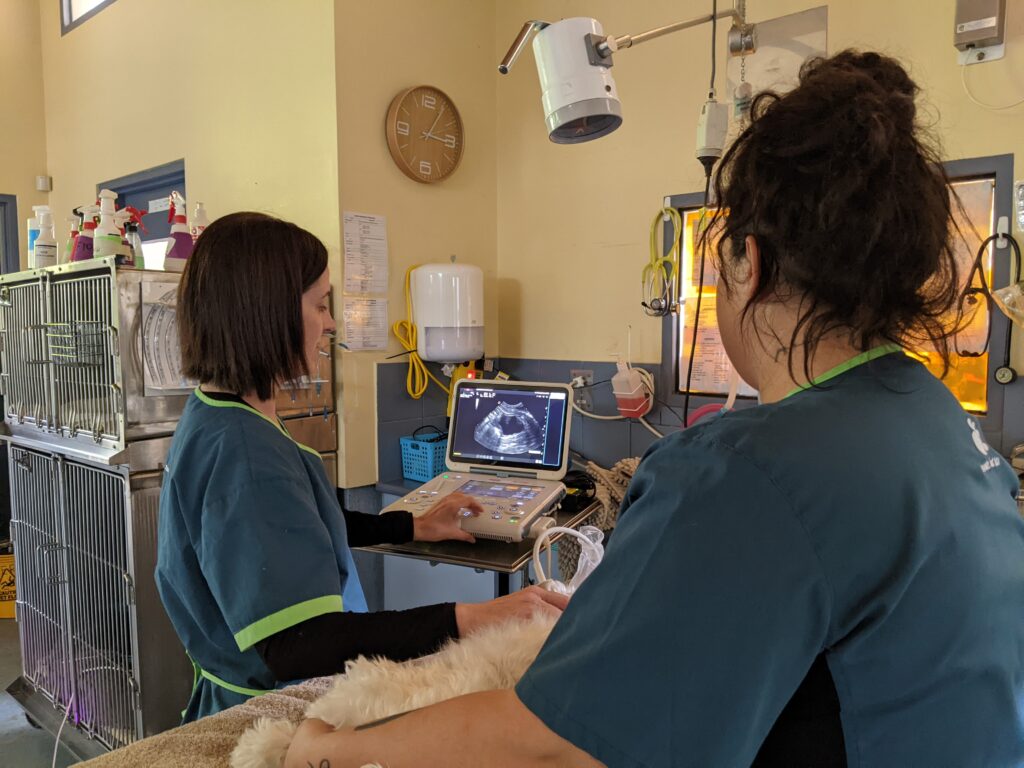
Conclusion
The transition from student to veterinarian is a large one, and both the graduate and the team may feel unprepared. Having a framework in place to ensure graduates are supported, have appropriate levels of supervision, and continue to learn is key for successful integration into practice. Ultimately, having a graduate in the team can be incredibly rewarding, and create an opportunity to build skills for the entire team.
Written by Lindsay Evans
